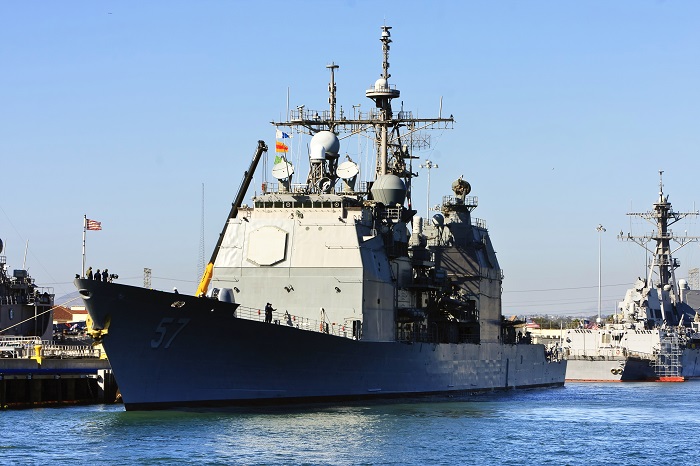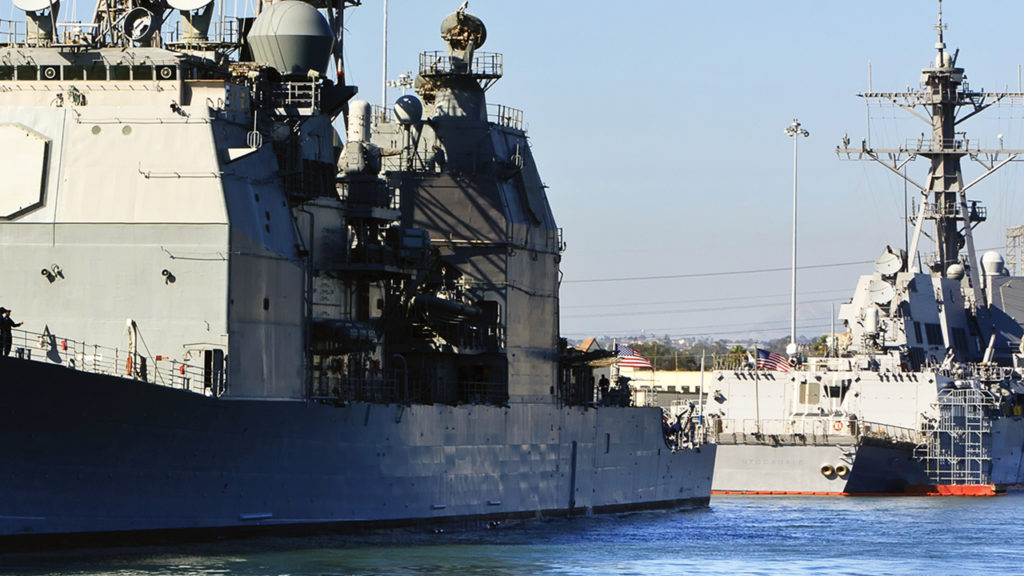DATEM
Monitor health and status of critical systems with
machine-learning technologies
Monitor health and status of critical systems with machine-learning technologies
Distributed Analysis Tool for Enterprise Monitoring (DATEM)
DATEM is a real-time alerting system that provides tripwires to detect, classify, and localize system faults. The system identifies inappropriate operator behaviors (e.g., failure to respond to critical system alerts), recognizes emergent conditions of interest (e.g., hardware or software faults, resource limits), and recommends appropriate responses to improve mission success. DATEM makes sense of health and status data and alerts Sailors of abnormal system behavior.

A ship’s signals intelligence system generates an abundance of such data daily and even hourly. To ensure mission readiness, an alert system for data monitoring and analysis is essential. DATEM not only monitors and analyzes data about the health and status of a critical system but also communicates the results in a human-understandable form and recommends corrective action.
The Navy has developed numerous net-centric information systems that support fleet operations. Adverse operational conditions, operator behaviors, and routine wear all affect the availability and performance of these systems. For example, high temperatures may lead to a part failure that degrades performance. Worse, some failures are very difficult to detect and classify. These conditions challenge Sailors’ ability to respond rapidly and effectively to failures and maintain mission readiness.
“It’s extremely humbling—and very exciting—to know DATEM is now being used daily by the Navy. We have applied our latest and greatest machine learning research for fault detection and classification with probabilistic modeling for fault localization. This innovative combination improves efficiency and user trust in the system.”

Joseph Gorman
Principal Software Engineer and Principal Investigator on DATEM
In our prior research, we delivered an automated fault classifier that significantly improved the efficiency and accuracy of previous semi-automatic fault analysis approaches. Then, we used models to automatically localize sources of failure to field replaceable units. These models drastically reduced the time it takes for Sailors to discover and resolve faults.
DATEM’s first major success was the Cable Calibration Tool (CCT). The CCT identifies and localizes faults in the Ship’s Signal Exploitation Equipment (SSEE) signal chain, the most technologically advanced cryptologic collection system operated by the Navy. Charles River exceeded expectations in developing CCT, achieving real-time integration of the prototype with government systems. The CCT prototype detected 91% of faults, and outperformed the existing approach by 35%, a notable success rate. The CCT is now in daily use by the Navy.

Charles River engineers then applied their expertise to create the Rapid Analysis Dashboard (RAD). The RAD provides a unified view of data collected from a variety of Navy sources, which enables rapid analysis of supply and demand for parts.
The development of DATEM draws on Charles River’s expertise in data visualization, probabilistic reasoning technology, causal modeling, neural networks, and intelligent systems. Widely regarded as a success story, DATEM is a cornerstone of Charles River’s emerging leadership in applying machine learning to health and status data.
Contact us to learn more about DATEM and our other artificial intelligence and machine learning capabilities.
This material is based upon work supported by the Space and Naval Warfare Systems Command under Contract No. N68335-18-C-0358. Any opinions, findings and conclusions or recommendations expressed in this material are those of the author(s) and do not necessarily reflect the views of the Space and Naval Warfare Systems Command.
